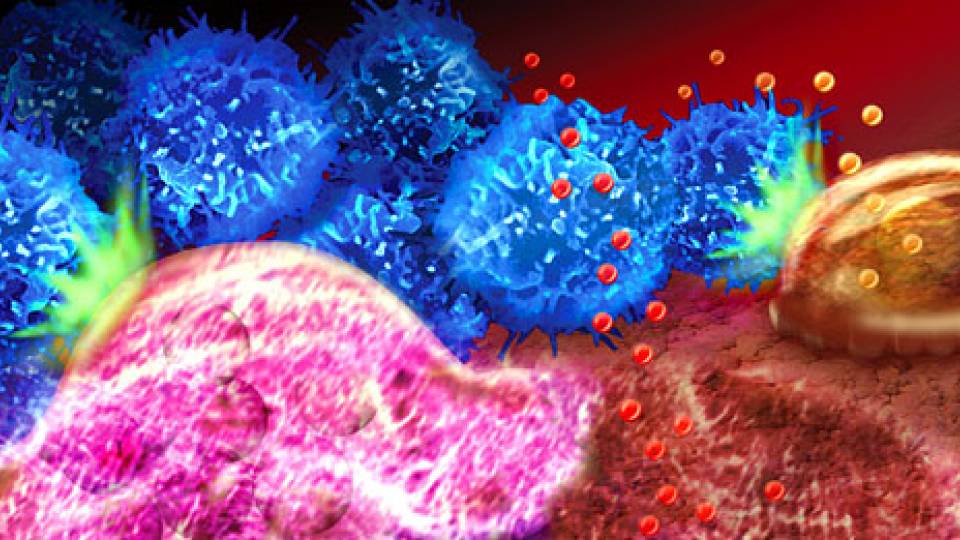A study of an enzyme used by cells to care for the ends of their chromosomes may offer scientists new avenues for intervening in cancer and aging.
Researchers in the lab of Princeton biologist Virginia Zakian showed that an enzyme called telomerase, which has been intensely studied for its possible roles in cancer and aging, appears to function much differently than previously believed.
Telomerase is responsible for adding specialized units of DNA, called telomeres, to the ends of chromosomes. This special DNA is thought to protect the chromosome ends as a plastic cap protects the ends of shoelaces. The loss of telomeres might play a role in aging, while their inappropriate addition is thought to allow cancer cells to undergo the rapid growth that characterizes tumors.
In a study published in the Aug. 9 issue of Science, Zakian and colleagues Andrew Taggart and Shu-Chun Teng showed that a small protein (called Est1) that scientists previously believed to be part of the larger telomerase enzyme is actually a separate unit that sweeps in with precise timing in a manner that suggests that it activates the telomere-building process.
"It's as if your car is idling in neutral and Est1 is the thing that puts it in gear," said Zakian.
Cancer researchers are looking for treatments that block telomerase activity as a way of killing tumors. The discovery of a specific activator protein may offer an attractive target for such intervention, said Zakian.
The discovery also contradicts a longstanding conviction among scientists about how telomerase works. The conventional idea was that telomerase is a bundle of subunits that stay together, and that this bundle attaches itself to the ends of chromosomes only during a very small part of the cell cycle, near the final stage of the cell division process. Once attached, it provides all the machinery necessary to tack on a new telomere cap.
Working in yeast cells, Zakian's group found that the telomerase bundle, minus the activator, is attached throughout much of the life of a cell, not just during the time when telomeres are made. At a critical point, the Est1 arrives and binds to both the telomere and the enzyme, activating the capping process. Previously, scientists had thought that Est1 was a fixed part of the telomerase bundle and played only a minor role in its activity.
"This is really a shift in the way we were thinking," said Zakian. "When we went into these experiments, every expectation was that we were going to confirm the existing model."
It remains to be seen whether the Est1 works the same way in human cells as it appears to in yeast, Zakian said. She noted, however, that many aspects of telomere regulation are remarkably consistent between widely varying species.
Contact: Marilyn Marks (609) 258-3601


